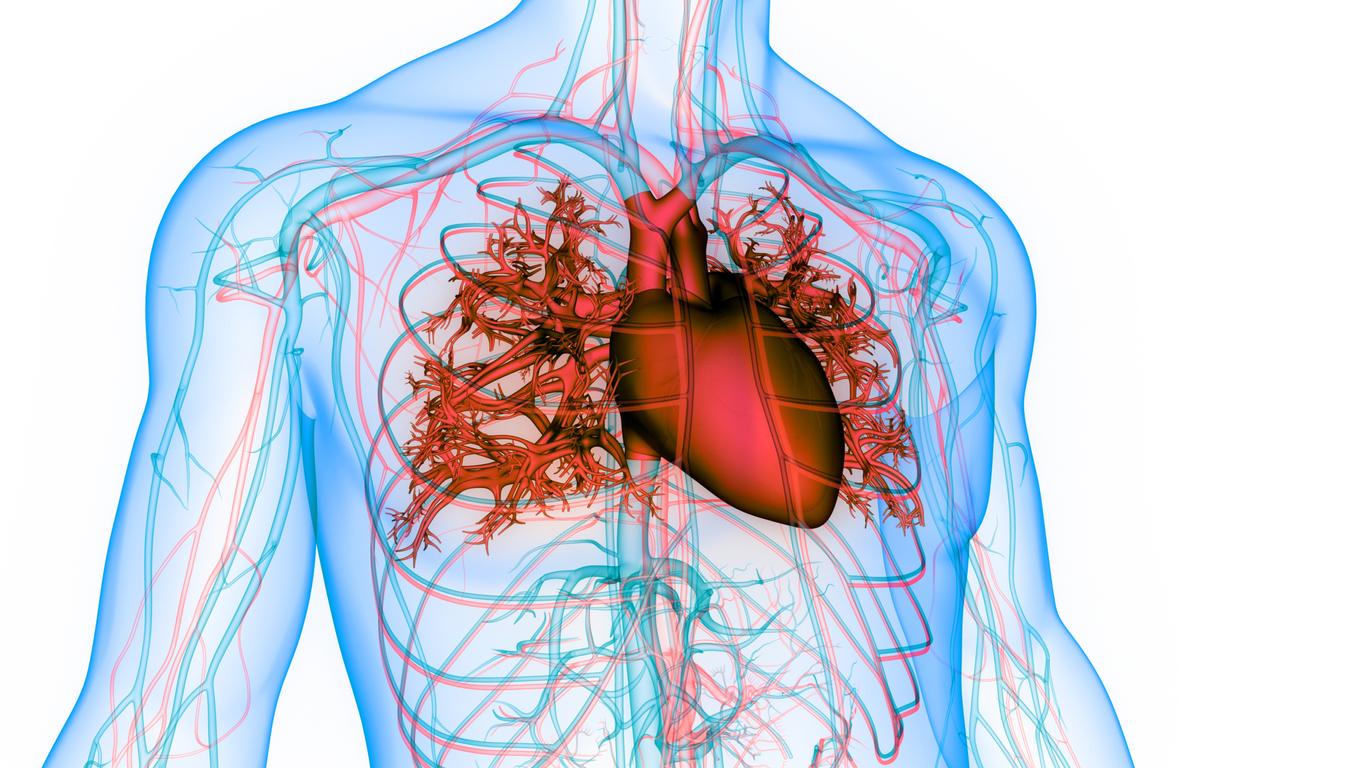A heart arrhythmia can be treated with radiofrequency ablation.
It heart is a muscle that continuously contracts and relaxes rhythmically throughout our lives. Each heartbeat is stimulated by an electrical signal generated in the conduction system of the heart. A normal heartbeat repeats 60 to 100 times per minute.
In a normal heartbeat, the heart signal travels through the heart along a certain route. The signal begins in the sinoatrial node, abbreviated SA node, which is located in the right atrium. The SA node stimulates the atria to contract, pushing blood into the ventricles. The electrical signal then travels through the atrioventricular node, abbreviated AV node, into the ventricles of the heart. The signal causes the ventricles to contract, pumping blood to the lungs and the rest of the body.
Sometimes, due to a malfunction of the conduction system, the heart beats too fast, too slow, or irregularly. Such a heart rhythm disorder (arrhythmia) can be treated with the help of radiofrequency ablation (tissue removal).
Before an ablation treatment is performed, the heart is first electrophysiologically examined to find out exactly where in the heart the treatment should take place. During the ablation treatment, a artery a catheter is inserted from the leg, which is guided through the artery to the heart. After the catheter has reached the target site in the heart, a radio energy signal is delivered from the electrodes on the tip of the catheter. This energy heats up and destroys the heart tissue that causes the rhythm abnormalities. Usually, the normal heart rhythm is restored after an ablation treatment. But it may happen that the patient still has medication or a pacemaker need.
This operation can entail several complications, which should be discussed with the doctor in advance.

















